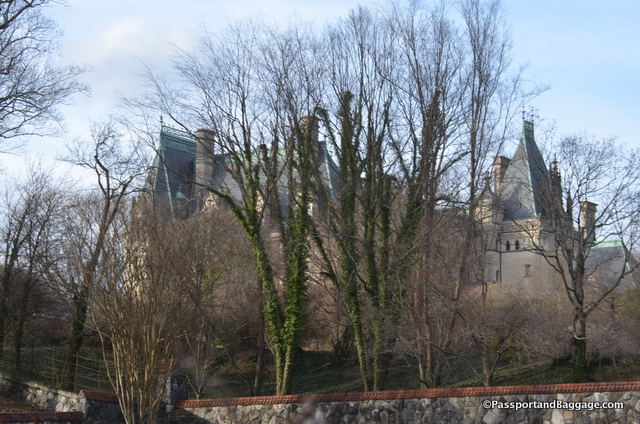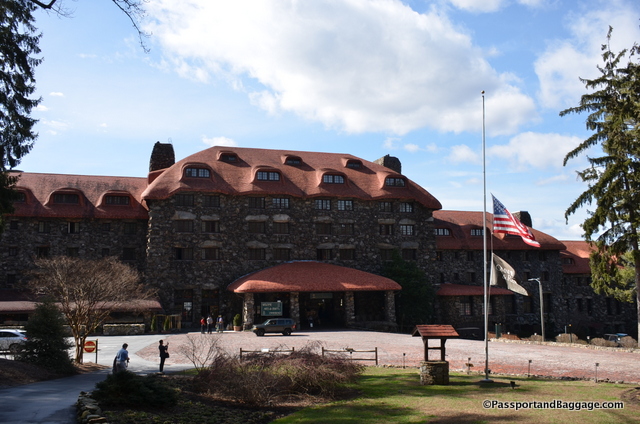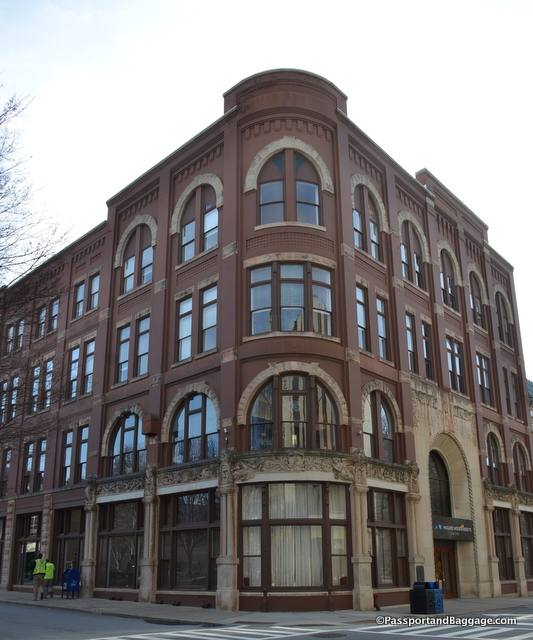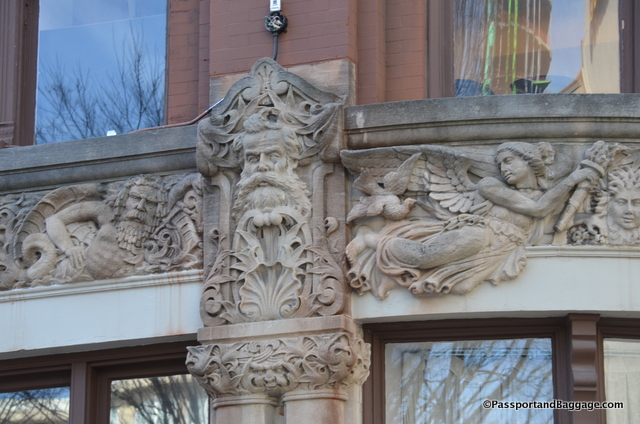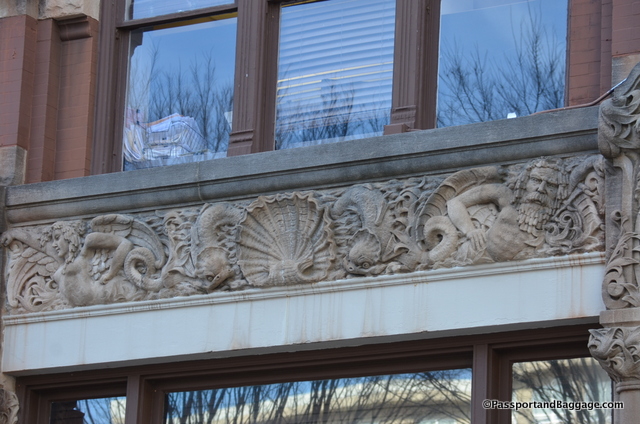Asheville is a fast-growing city with a large influx of people looking for an affordable place to live with a great climate and stunning surroundings. It is famously home to the Biltmore Estate and Grove Park Inn, both of which have amazing histories that are very well documented. I wanted to concentrate this post on a sweet building in downtown Asheville.
The Corner of Patton Avenue and Church Street
The Drhumor (pronounced “drummer”) Building purportedly is the oldest standing commercial building in downtown Asheville. It was built in 1895 by William J. Cocke, an attorney who studied at the University of North Carolina and at Harvard. The building was named for the ancestral Irish island of Cocke’s Scots-Irish grandfather and rests on the land where Mr. Cocke’s childhood home and birthplace once stood. Architect Allen L. Melton designed the grand Romanesque Revival building, and Biltmore Estate English stone carver Frederic Miles was commissioned to carve the limestone frieze above the first-floor exterior.
Some of the allegorical stone images are believed to represent local residents of the era, including at least one local sidewalk superintendent, and the bearded face of florist Cyrus T.C. Deake.
The four-story brick Drhumor Building originally had a roof turret at the corner, where the entrance once was. In 1929, Wachovia Bank purchased the Drhumor Building, demolished the turret and moved the corner entrance to the side on Patton Avenue, where it still is today.
Frederic Miles was one of dozens of craftsmen at the Biltmore, and yet he seems to be the only one whose name gained fame. Like other Biltmore artists, landscapers, craftspeople and architects, he stayed in the area working on other commissions after the house was completed in 1895.
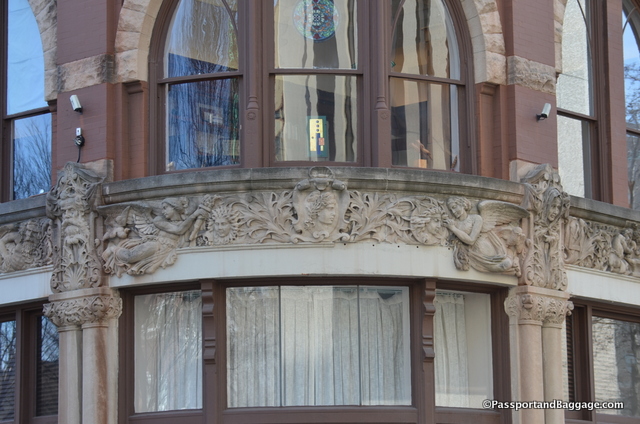
In his book, Asheville’s Historic Architecture Richard Hansley describes the frieze as “decorated with relief carvings of British royal lions, faces of men and women, cupid-like children and other intricate foliate designs. Also shown are angels, seashells, mermaids and other mythological figures”.
